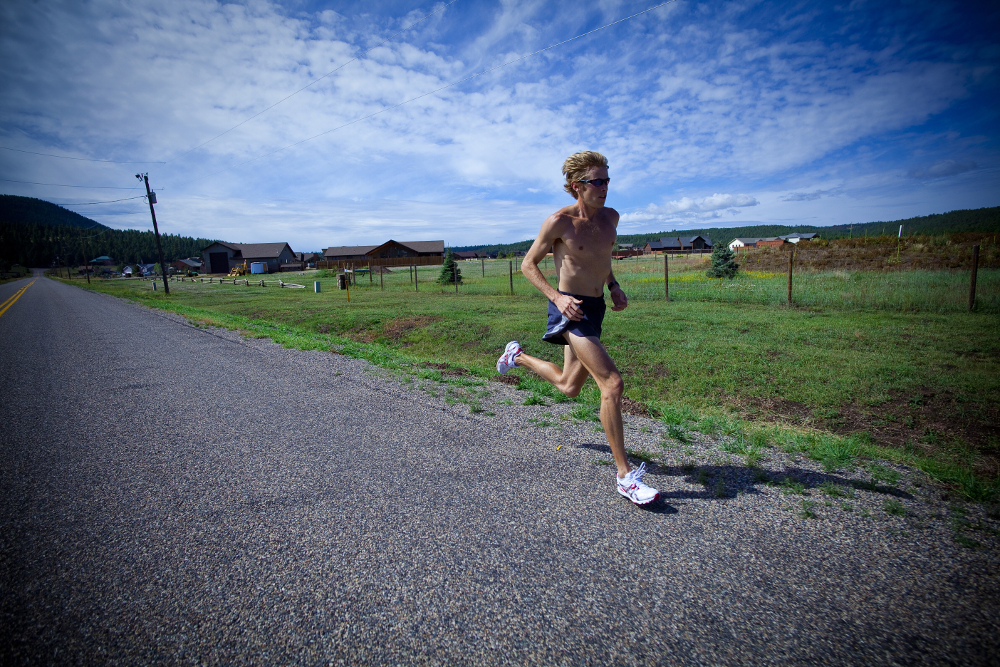What repeated injuries are trying to tell you
When training is going great and you feel invincible is when you should take a scheduled break

No, it’s not that running isn’t good for you. (Obviously.) Most serious runners, whether they’re student athletes or middle-aged marathoners, get injured sooner or later. And it doesn’t mean your non-running friends (who love to tell you that running will wreck your knees, or your back, or your overall health) were right all along. But far from being an unavoidable aspect of training, repeated injuries are more likely an indication that you’re not giving your body time to adapt to the rigours of training. The name for this is overtraining syndrome.
How many times have you heard this story:
Training was great, then I got hurt, and had to take X weeks off. I cross trained like crazy.
I had 6 weeks to come back and I PRed!CLASSIC overtraining. The injury forced you to take the recovery you needed to adapt to the training.
— Phoebe Wright (@Phe800) November 27, 2019
So says Phoebe Wright, a five-time NCAA champion and former professional runner who’s also a pharmacist. Wright raised this in a tweet on Tuesday. “How many times have you heard this story: Training was great, then I got hurt, and had to take X weeks off. I cross-trained like crazy. I had six weeks to come back and I PRed! CLASSIC overtraining. The injury forced you to take the recovery you needed to adapt to the training.”
RELATED: Assess your risk of overtraining to avoid burning out
Wright goes on: “Some programs don’t realize this is their training cycle. I get excited when I see athletes known to train HARD who are lucky enough to have a setback. They usually come back flying and fresh. Just an FYI, this is not a sustainable training cycle. But if you are a coach and notice this pattern, good news! Figure out when the athlete needs a scheduled break so they continue to adapt to training without getting hurt. It’s like free fitness.”

Adaptation can only happen with adequate rest and sleep, and athletes and coaches who get the best long-term results know this and make them a priority. Injury results in forced rest–but ideally, athletes should get the rest they need without it being forced on them by injury.
In his book 1:59: The Sub-Two-Hour Marathon is Within Reach, published in 2014, Dr. Phil Maffetone asks why so many elite distance runners’ careers (he names US marathoners Dathan Ritzenhein and Ryan Hall, among others) have been compromised by repeated injuries. He says: “…the demands of their sport require the artful balancing of knowing when to push hard and when to ease off in training. Each runner must find that sweet spot… between overreaching and overtraining.”
Maffetone goes on to assert that overtraining (and repeated injuries) usually result from too little rest between bouts of anaerobic (hard) running. Though we’re fond of recommending longer intervals, strides and long tempo runs for improving your marathon PB, the more of these we do, the more necessary periods of rest become in order for us to achieve the only goal that matters: getting to the start line healthy.


